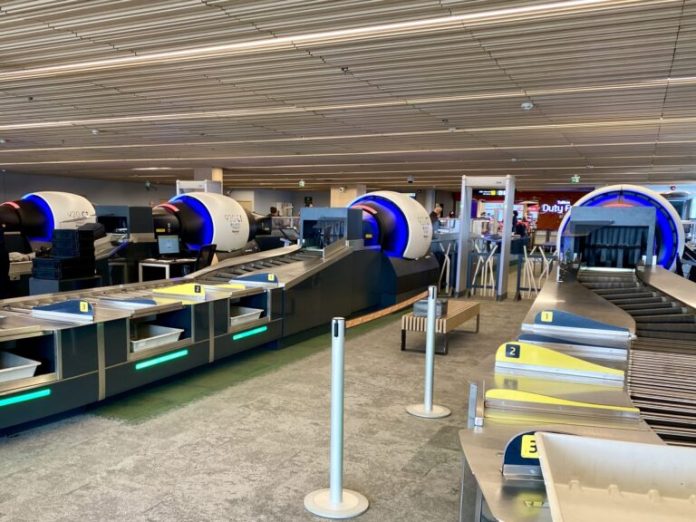According to a European Commission regulation of July 29, the restrictions on the volume of liquid containers allowed in carry-on luggage at airports will change on Sept. 1, with only liquids in containers of up to 100 milliliters allowed in such luggage.
The restrictions are implemented due to the need to improve the configurations of new scanning equipment, which are already in use in several airports across Europe, including Tallinn Airport.
“In order to ensure the safety of air travelers, we need to revert to the smaller liquid container limits at all European airports where the restrictions on liquids had been previously eased,” says Üllar Salumäe, director of aviation services at the Estonian Transport Administration. “The decision does not stem from an increased threat level in aviation, but is a necessary precaution until a solution to the technical issue is found,” he said.
The new regulation does not bring any other changes for passengers. Thus, liquids will not have to be removed from hand luggage when approaching a security check point at Tallinn Airport, nor will they have to be placed in a transparent bag. Passengers will be allowed to carry any number of containers with a maximum capacity of 100 milliliters of liquid in their cabin luggage, which can be located separately in different parts of the piece of luggage.
Tarvi Pihlakas, head of the aviation security department at Tallinn Airport, said that the new restriction may temporarily mean longer queues at security checks.
Medicines and baby food in containers larger than 100 milliliters may still be taken to a security check point in cabin luggage, but these must be taken out of the piece of luggage and presented for a check with another device.
The regulation will apply at all airports in the member states of the European Union, including Tallinn Airport, which use the new EDS CB C3 equipment for security checks.
The new restriction will remain in force indefinitely until the new security control equipment has been upgraded so that it can detect liquid explosives more accurately and when an internationally uniform agreement has been reached on the lifting of the restriction on liquids.
Source: BNS
(Reproduction of BNS information in mass media and other websites without written consent of BNS is prohibited.)

